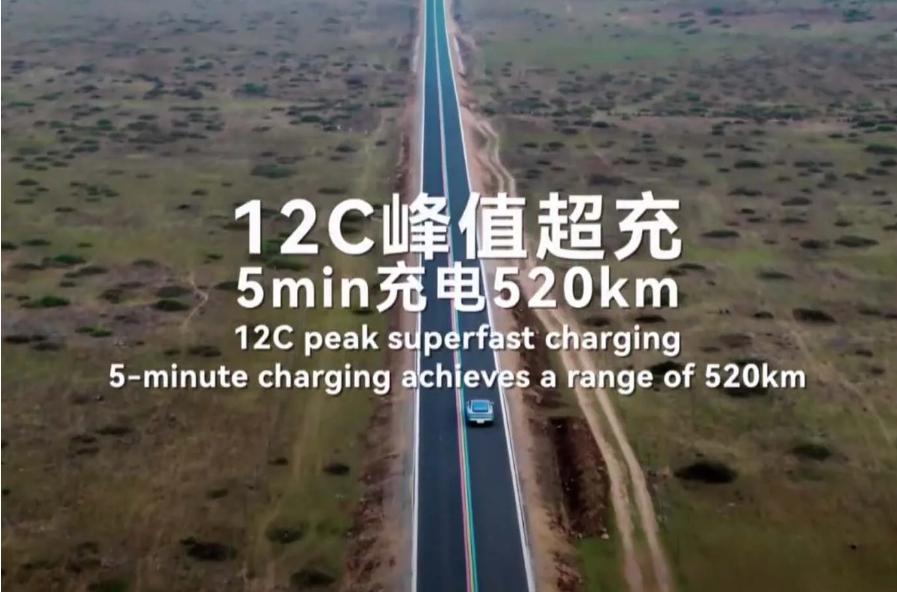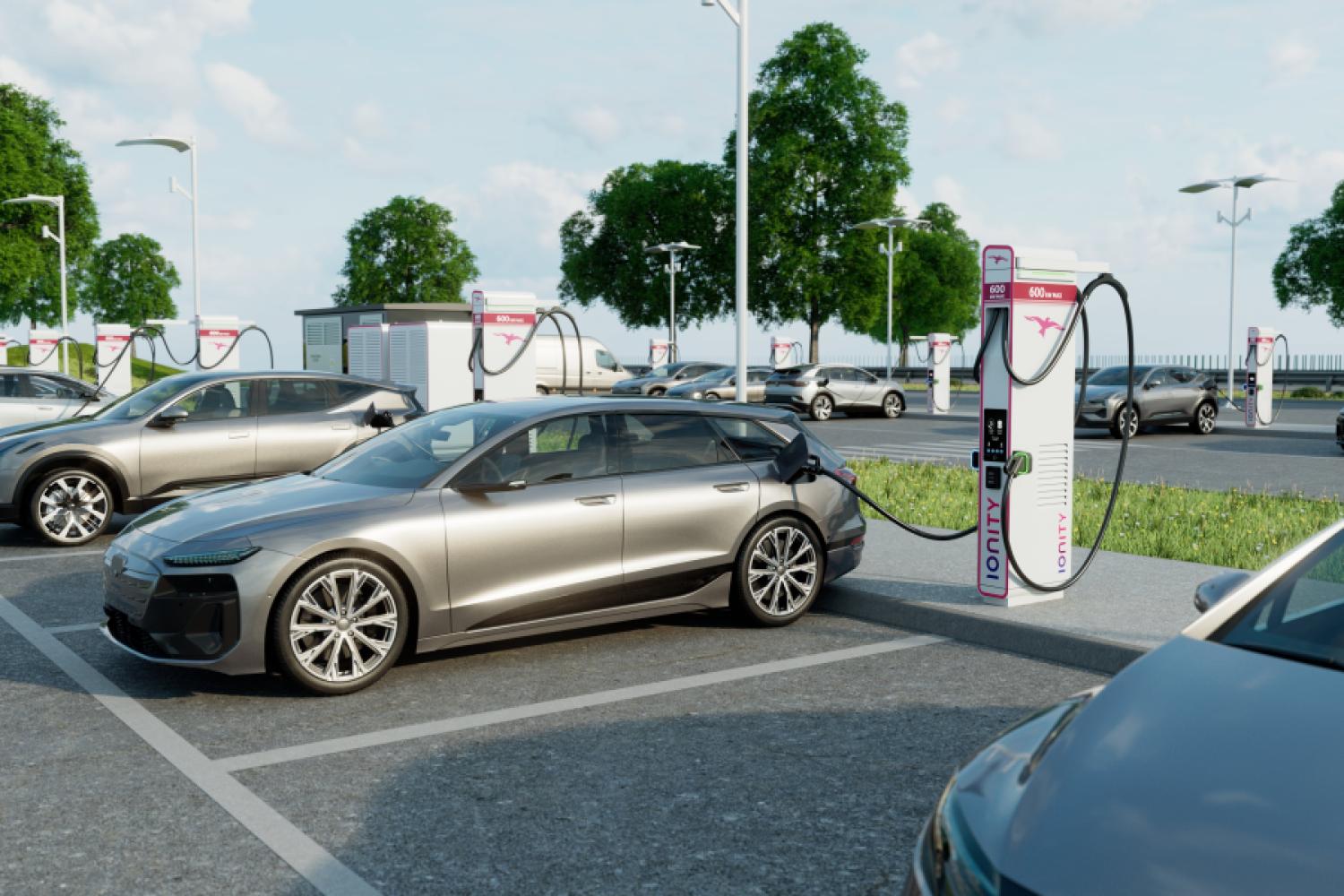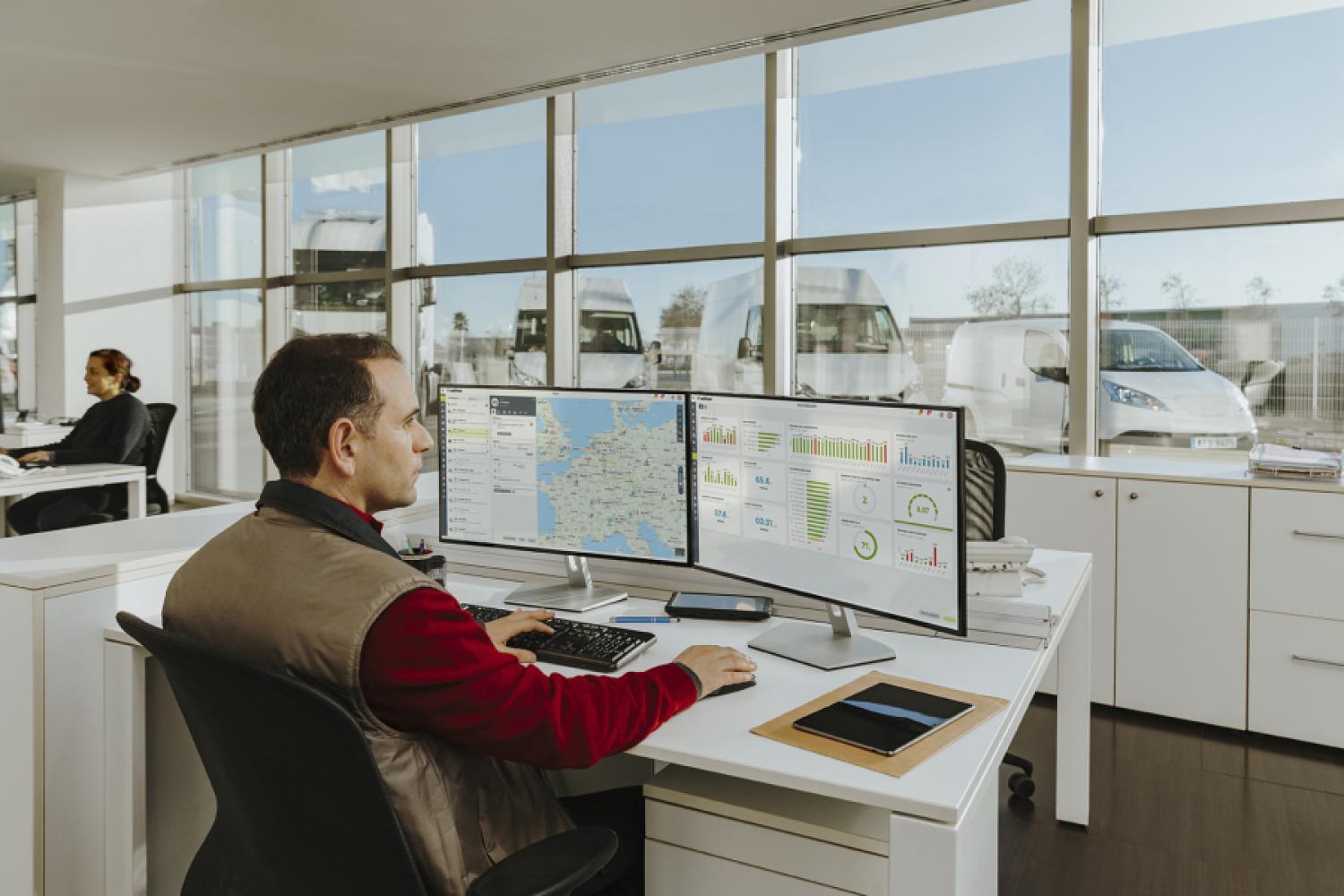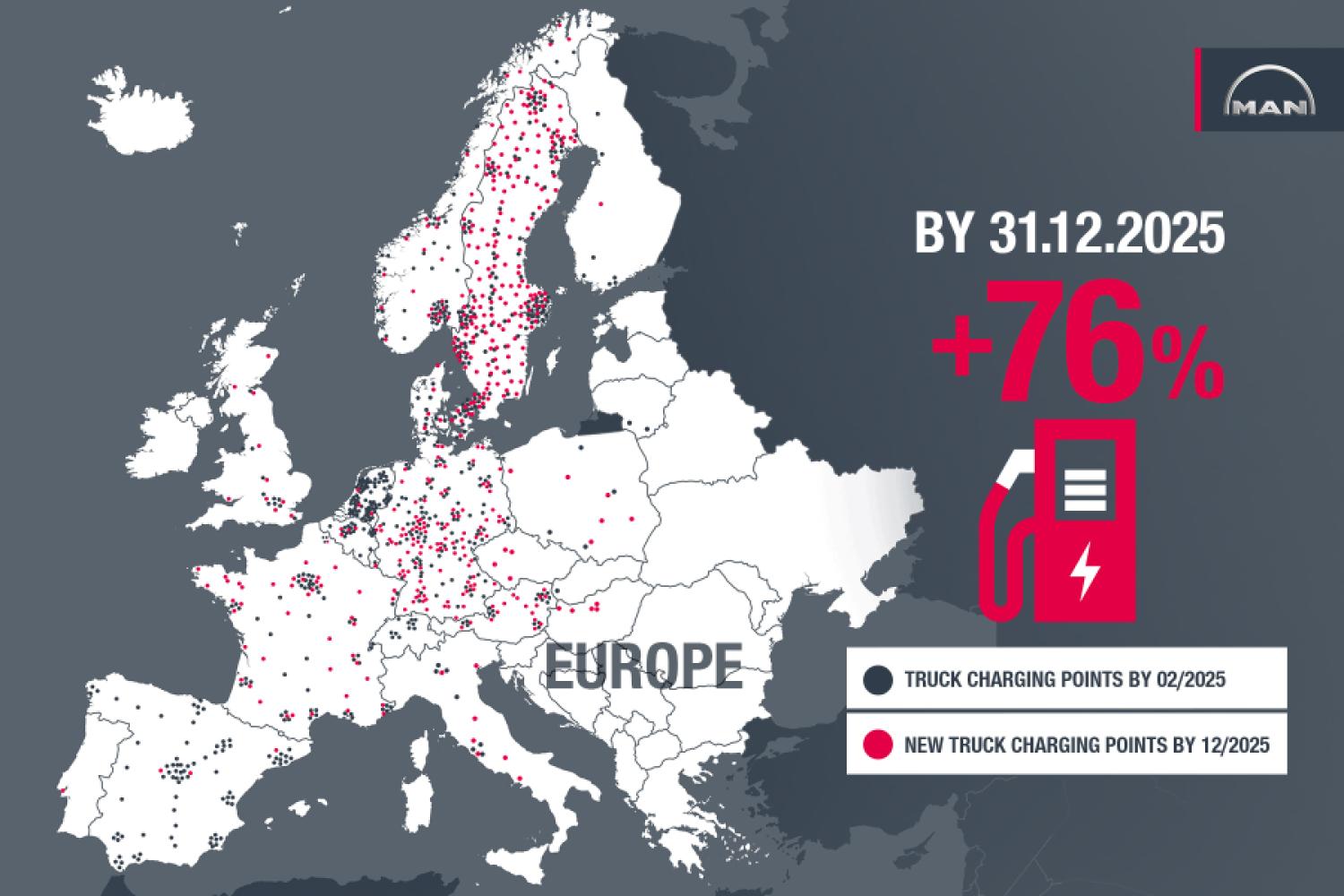Just a month has passed since BYD caused a stir with its new super e-platform, complete with Blade battery and 10C charging rate – now CATL is countering with a real quantum leap: The second generation Shenxing battery delivers a 12C charging rate, providing a charging speed that comes close to traditional refueling. According to CATL, up to 2.5 kilometers of range per second is possible: Up to 520 kilometers of range (according to the Chinese CLTC cycle) can be charged in just five minutes. In comparison: BYD reaches 400 kilometers.
For fleets, a game changer: charging times recede into the background – especially in fleets with tight schedules or in urban delivery traffic, this is a potential efficiency booster. Prerequisite: a megawatt charging infrastructure. That is still rare, but BYD is preparing in advance, and CATL is likely to follow suit soon. According to CATL's chief technology officer Gao Huan, a total of 67 car models from various manufacturers are to be equipped with the new Shenxing battery by 2025. By then, at
the latest, the charging solution for the new Shenxing batteries should also be ready.
The new cells are also supposed to charge quickly in the cold
The new cell should also impress in the cold: At -10°C, a jump from 5 to 80 percent charge is possible in just 15 minutes – twice as fast as previous top systems.
Naxtra: Cost-efficient alternative with long-term effect
CATL is also launching its first sodium-ion battery in series with Naxtra – and in two variants: for passenger cars and commercial vehicles. Particularly exciting for fleets: The integrated 24V start-stop battery for commercial vehicles. It is supposed to be temperature-resistant from -40 to +70°C, cheaper than lithium-ion systems – thanks to the widespread and cheaper sodium – and promises high supply chain stability.
With an energy density of 175 Wh/kg, the passenger car variant provides up to 500 km range with over 10,000 charging cycles – ideal for long-lasting fleet use. And with 90 percent performance even at -40°C, the passenger car variant is well equipped for extreme
operating conditions.
Freevoy Dual-Power: The battery thinks along
Last but not least: The new Freevoy Dual-Power battery. It combines CATL's dual energy architecture with a so-called "self-forming" anode technology. CATL itself describes this "self-forming anode" technology as a "breakthrough at the atomic level": Thanks to this technology, the volumetric energy density is expected to increase by 60 percent, and the gravimetric density by around 50 percent. In other words: More energy can be stored in the same space and can be flexibly combined. CATL speaks of a volumetric energy density of over 1,000 Wh/L for NCM systems. In this way, CATL combines two energy zones in a single battery – with five dual functions, including high/low voltage supply, redundant safety management, and dual thermal management. A real safety gain for autonomous vehicles of levels 3 and 4 – but also a strong advantage in fleet operations in terms of reliability.
Three variants are available – including combinations with Shenxing, LFP, and Naxtra batteries. The top version promises over 1,500 kilometers of range at 180
kWh energy content – also a potential game-changer for long-distance fleets. This is the NCM-LFP/NCM-NCM Dual-Power battery: It integrates NCM with a self-forming anode. Here too, peak charges with 12C and more than a megawatt of power are supposed to work even at 20 percent charge level. The extended version is supposed to offer over 180 kWh energy content – meaning more than 1,500 kilometers range according to Chinese standards – realistically 700 to 800 km even in winter under EU conditions. This is why CATL not only wants to offer the dual-power principle for passenger cars but also for trucks, buses, airplanes, ships, and industrial applications.
What does that mean?
CATL is taking battery development to new heights. The company is bringing not only new cell chemistries but entire system solutions to the market – with a clear vision: reduce charging times, maximize range, reduce operating costs. The bitter part: While the EU is still contemplating building a cell production facility that never quite works, CATL is already several steps ahead. Here, Europe






